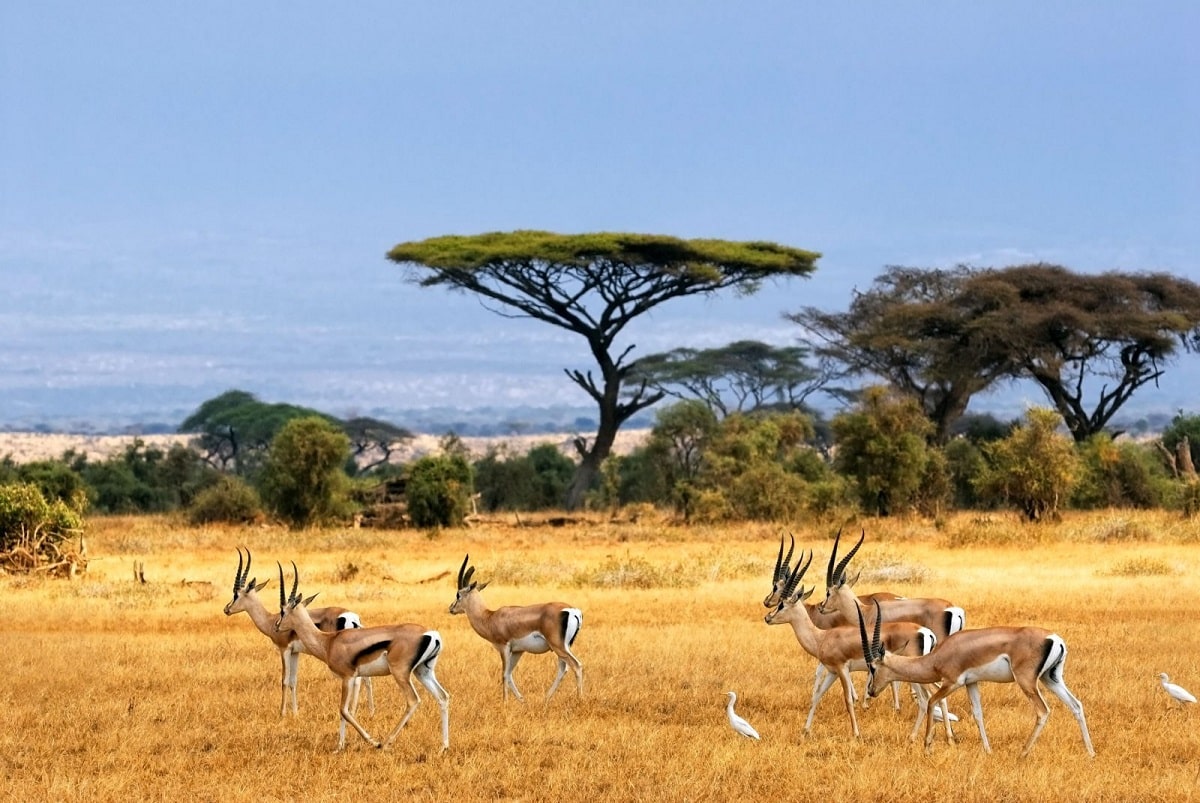
La biogeography It is a scientific discipline that allows us to understand the distribution of life on our planet. In essence, it is a combination of biology and geography, where the interactions between living beings and the environment in which they develop are explored. Many people do not know well the characteristics and the object of study of biogeography.
For this reason, we dedicate this article to tell you everything you need to know about biogeography, its characteristics, objectives, and importance.
What is biogeography

When we look at the Earth, we notice that the different species are not evenly distributed. On the contrary, we can find a great diversity of organisms that are grouped in different regions, each one with particular characteristics. biogeography seeks to understand the patterns and processes that explain this variability.
To do this, it uses different tools and approaches. On the one hand, they analyze the evolutionary history of species, investigating how they have emerged and dispersed over time. They also examine the physical and climatic factors that influence the distribution of living things, such as temperature, ocean currents, or altitude. Besides, take into account ecological processes and interactions between species, since these can also influence its distribution.
This discipline has important applications in nature conservation and in understanding the effects of climate change. Thanks to biogeography, we can identify areas of high biological diversity that require protection, as well as understand how changes in climate can affect the distribution of species.
History and study objectives

The discipline grew out of the work of naturalists in the XNUMXth century, who began recording the distribution of species and speculating about factors that might explain these patterns.
The field really took off in the XNUMXth century, when Darwin's theory of evolution by natural selection provided a mechanism to explain how species disperse from their native habitats and occupy new areas.
Since then, biogeographers have continued to discover the many ways in which plants and animals are distributed throughout the world. They also developed a number of theories to explain these patterns. One major research direction is focused on plate tectonics, the scientific study of the movement and interaction of continental plates.
Biogeography is the study of how plants and animals are distributed on Earth. It focuses on the current distribution of organisms and their historical distribution. Biogeographers use a variety of techniques to study distribution patterns, including fieldwork, museum collections, and computer modeling.
There are many reasons why organisms are found in certain areas and not others. For example, certain species can only survive in certain climates or habitats. Others may be limited by the ability to disperse to new regions. Also, competition from other species can affect where a particular species is found.
By understanding the factors that affect distribution patterns, biogeographers can predict how future changes, such as climate change, will affect the distribution of plants and animals. This knowledge is critical to conservation efforts aimed at protecting vulnerable species.
branches of biogeography

This science covers the geophysical characteristics that influence where living things live, as well as the historical factors that have led to the current distribution of life. Biogeography has two main branches: ecological biogeography and historical biogeography.
- ecological biogeography focuses on understanding why organisms are found in certain areas and not others. This branch of research looks at the tolerance of organisms to different climates, their specific resource requirements, and their interactions with other species.
- historical biogeography, on the other hand, studies how organisms were distributed in their current locations. This branch studies factors such as plate tectonics, continental drift, and past climate change.
Importance of biogeography
This discipline is important for understanding the diversity of life on Earth and how that diversity arose. biogeographers they study the current distribution of living beings, as well as their historical distribution. This allows us to understand the patterns of biodiversity and how past environmental changes have shaped those patterns. By understanding biogeography, we can better protect and manage the planet's biodiversity.
auxiliary sciences
In addition to biology and geography, biogeography is supported by various auxiliary sciences that enrich our understanding of the patterns and processes related to the distribution of life on Earth. These complementary disciplines help us explore specific aspects and delve into related areas of knowledge.
One of the fundamental auxiliary sciences for biogeography is paleontology. This discipline is responsible for studying the fossils and remains of organisms that lived in past times. Paleontology provides us with valuable information about the evolution of species and how they have changed over time. Fossil records are like windows into the past, allowing us to reconstruct the history of life on Earth and understand how organisms have distributed over millions of years.
Another important auxiliary science is climatology. Climate plays a crucial role in the distribution of living things, since different species have specific adaptations to the climatic conditions in which they can survive. Climatology helps us understand weather patterns, variations over time, and how they influence the distribution of biodiversity. This is especially relevant in the context of current climate change, as it allows us to anticipate how suitable areas for certain species might change and how this might affect ecosystems.
The ecology is another closely related science. Ecology studies the interactions between organisms and their environment, and how these processes influence the distribution and abundance of species. By understanding the ecological factors that determine the presence of different species in a given area, we can explain and predict their distribution.
The genetic also plays an important role. Population genetics helps us understand the processes of migration, isolation, and adaptation of species to different environments. The analysis of genetic markers allows us to reconstruct the evolutionary relationships between populations and determine the gene flow between them, which is essential to understand how species disperse and are distributed in space.
I hope that with this information you can learn more about biogeography, its objectives and its characteristics.